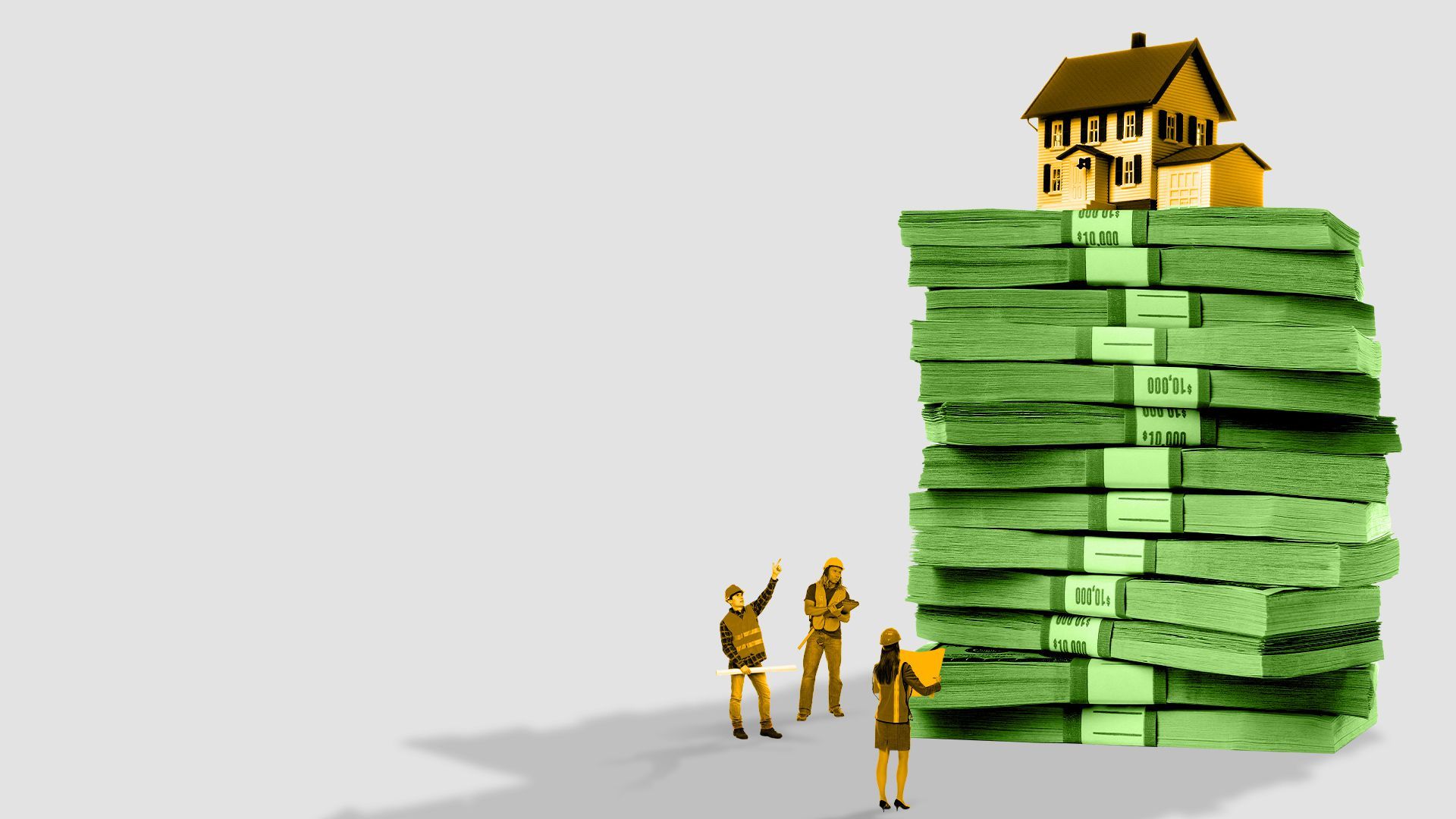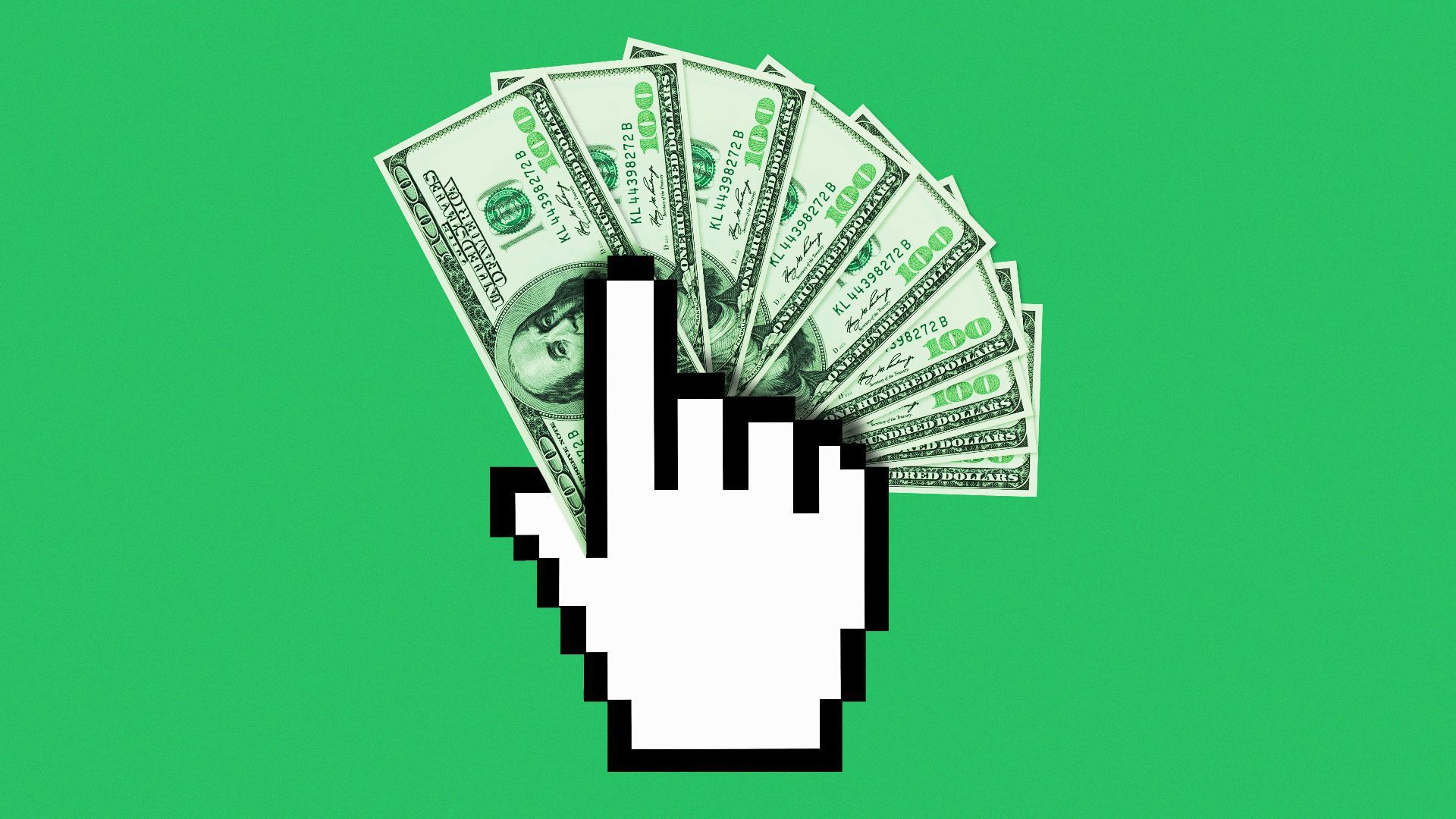| The hot new thing in the moribund housing market is called a mortgage buydown — it's one of the concessions home sellers are increasingly offering buyers to seal a deal, Emily writes. Why it matters: Though they've been around a while, buydowns seem a tailor-made solution for the current real estate market's biggest problem: high mortgage rates hovering around 6% have turned off buyers. How it works: Sellers, homebuilders or even lenders pay cash to lower the buyer's mortgage rate by typically one to three points. - Where does that cash go? It sits in an escrow account with the buyer's lender and is used to pay part of the monthly mortgage payment, for anywhere between one and three years.
- For example: A 2/1 buydown effectively sets your mortgage rate at 2 percentage points lower than your permanent rate (i.e. the current market rate) in the first year, 1 point lower in the second year, and then reverts to the permanent rate in year three.
The impact: The short-term benefit for buyers — in the form of a lower monthly payment — is bigger than it would be if the sale price were simply reduced by the same amount (see the table below). - That's because the benefit of cutting the sale price would be spread over the life of a 30-year loan instead of concentrated in the first couple of years.
State of play: These deals were less likely to happen back when the 30-year mortgage rate was around 3% and demand for homes was high, said Van Welborn, a real estate agent with Redfin in Phoenix. - Mortgage companies have also started more aggressively promoting buydowns. Rocket Mortgage is offering a one-year buydown that it's dubbed "Inflation Buster."
What they're saying: Homebuilders have used buydowns "forever," says Dan Hanson, executive director at LoanDepot. "They have a construction loan that's ticking away and they need to move the inventory." - But now buydowns are "creeping into the resale market," adds Hanson, whose company is currently doing seminars for agents on the product.
- "It helps cushion the shock of the higher mortgage rate," says Van Welborn.
- His office has probably done about seven in the last month, compared to none at the same time a year ago.
Flashback: Buydowns were more common in the late 1970s when inflation was high. They were last seen in the run-up to the financial crisis, part of a whole menu of shady mortgage products lent to people who couldn't afford the payments. But today's buydowns are different. - Borrowers still must qualify for the loan at the permanent, higher rate, to ensure they can make their payments.
Yes, but: Even if homeowners can technically afford the payments at a higher rate, they are likely in for some price shock when their rate adjusts higher down the road — and it's far from certain that they'll be able to refinance into a lower rate when that happens. | 










No comments:
Post a Comment